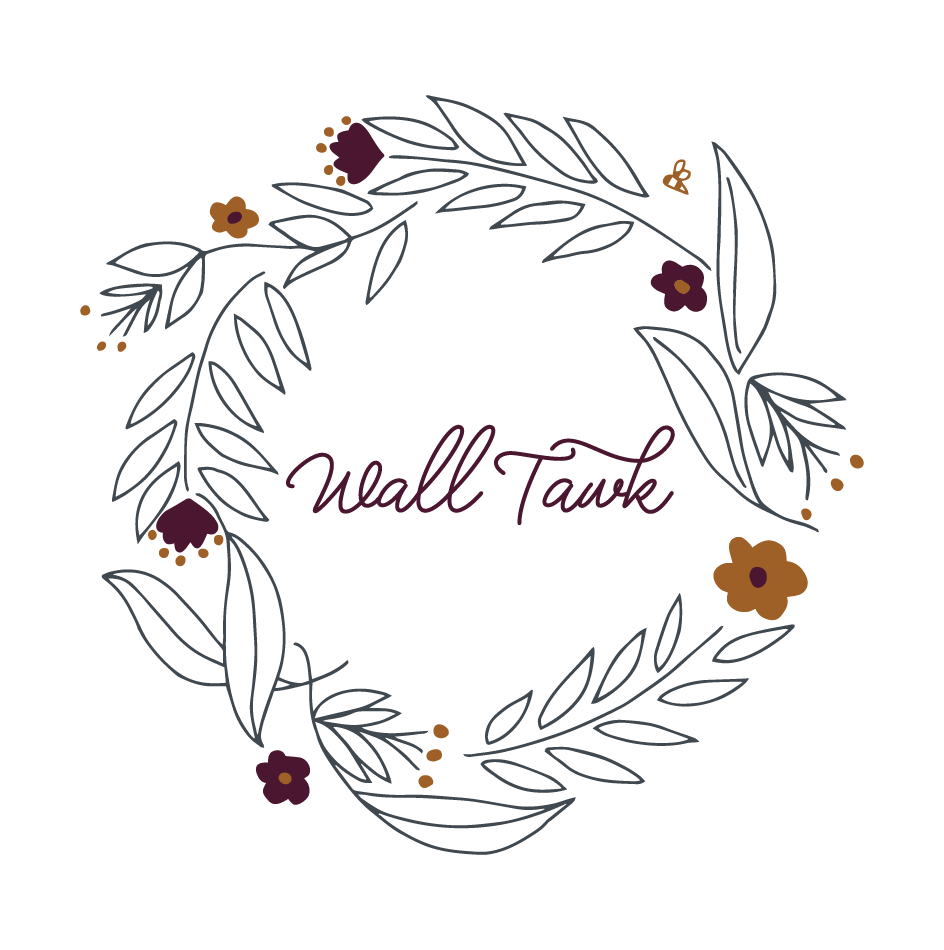Terrazzo, the famed composite material that is used in flooring and wall applications, is popping up everywhere (and we’re so happy to see it making a comeback). It consists of, “chips of marble, quartz, granite, glass, or other suitable material, poured with a cementitious binder (for chemical binding), polymeric (for physical binding), or a combination of both.” [1]
Ancient Egyptians created beautiful mosaics, but the origins of terrazzo - which means terrace in Italian- are uniquely Venetian, developed in the 15th century. “Workers were left with oddly shaped pieces of marble after jobs,” and they would put the small marble rocks in clay and grind them flat for a more comfortable walking surface.
Terrazzo came to the United States in the late 1700s (numerous monuments and historic buildings feature terrazzo flooring–including George Washington’s home, Mt. Vernon ) and began showing up more frequently during the 1890s. But terrazzo did not achieve wide-spread popularity until the 1920s, during the Art Deco and Moderne periods of design. “Due to its likelihood of cracking, terrazzo was used at a small scale in comparison to the large expanses we see today.” There were 2 inventions that resulted in the material’s rise in popularity: divider strips (they contained the cracking of terrazzo by allowing it greater space to expand and shrink) and the electric grinding machine (which cut down on production time, thus making the material a more affordable flooring option). [2]
During the mid-1960s “thin-set, or epoxy based terrazzo was introduced,” and by the early 1970s it made up around 30% of all terrazzo being installed nationwide. At some point the use of terrazzo began to dwindle, but today we are seeing a rise in both its popularity and its applications. Here are some of our modern favorites:
Max Lamb for DzekDzek, bathroom design by Tali Roth.
Tiles from Lindsey Lang.
Bob Lamp by Talbot & Yoon.
Spot on, via SightUnseen, and more of Carly Jo Morgan’s terrazzo (I’m flipping out!).
Chen Chen and Kai Williams, lighting.
Omar’s Place, designed by Sella Concept.
Design by Tali Roth.



